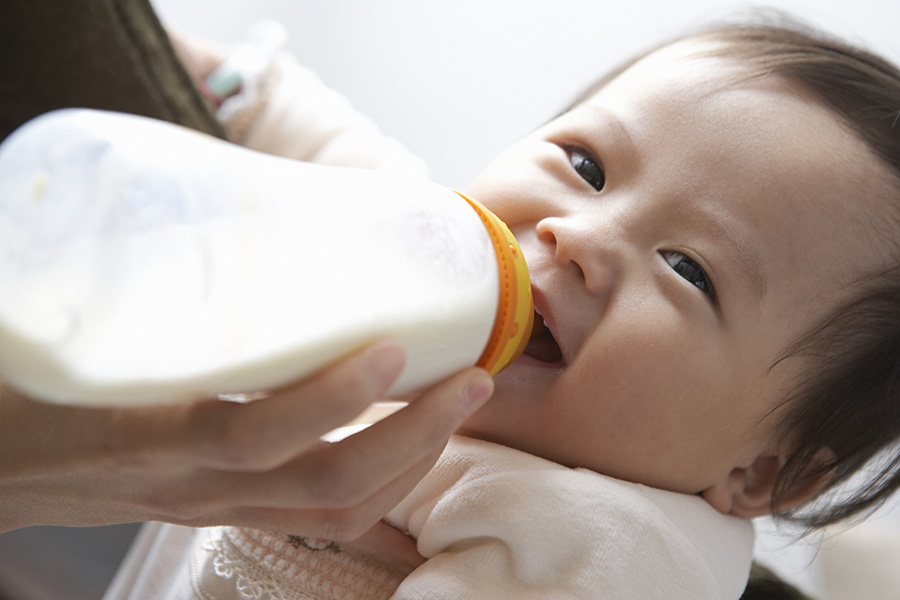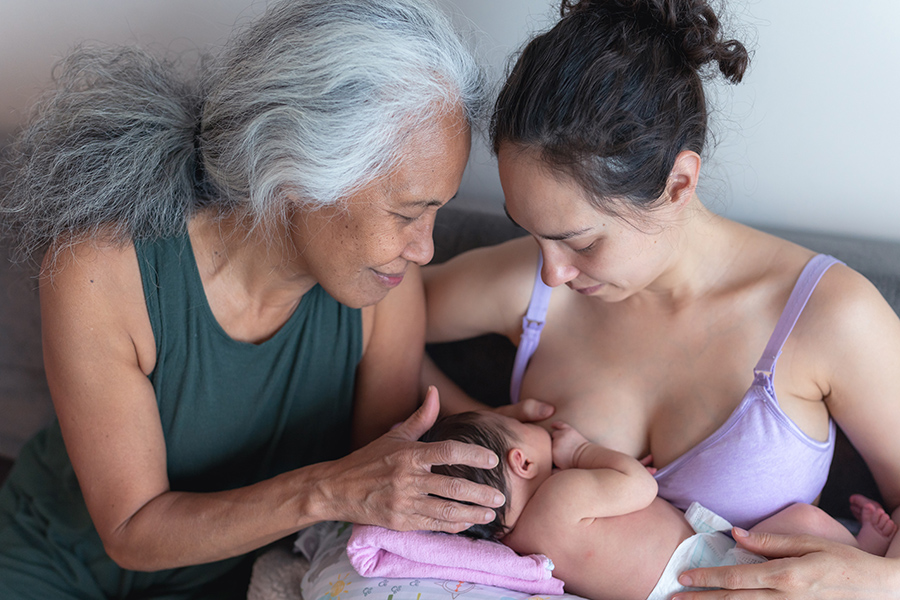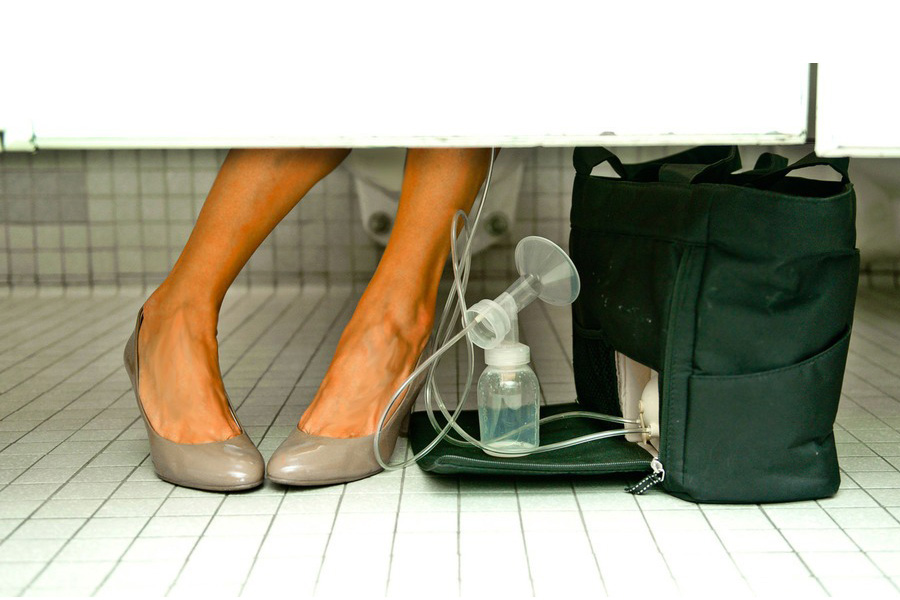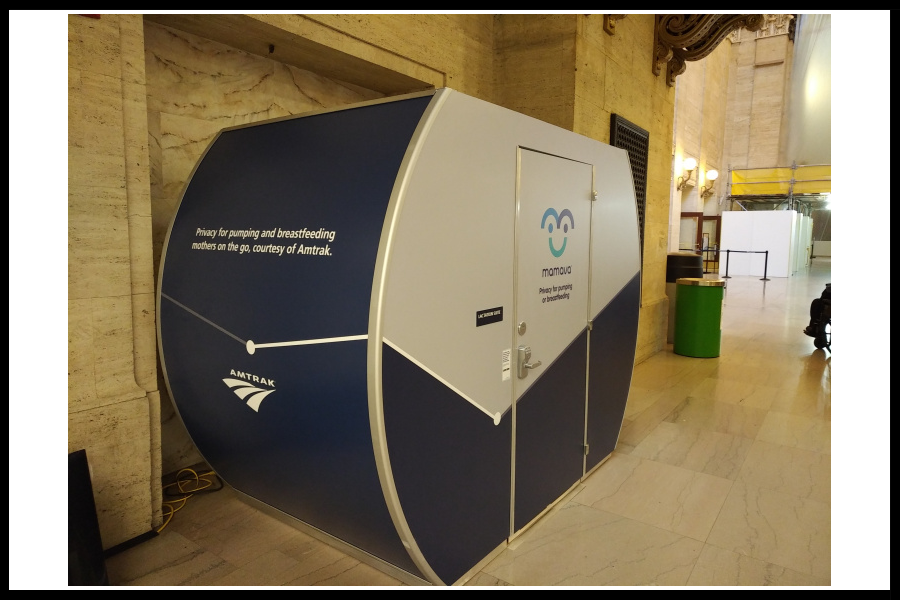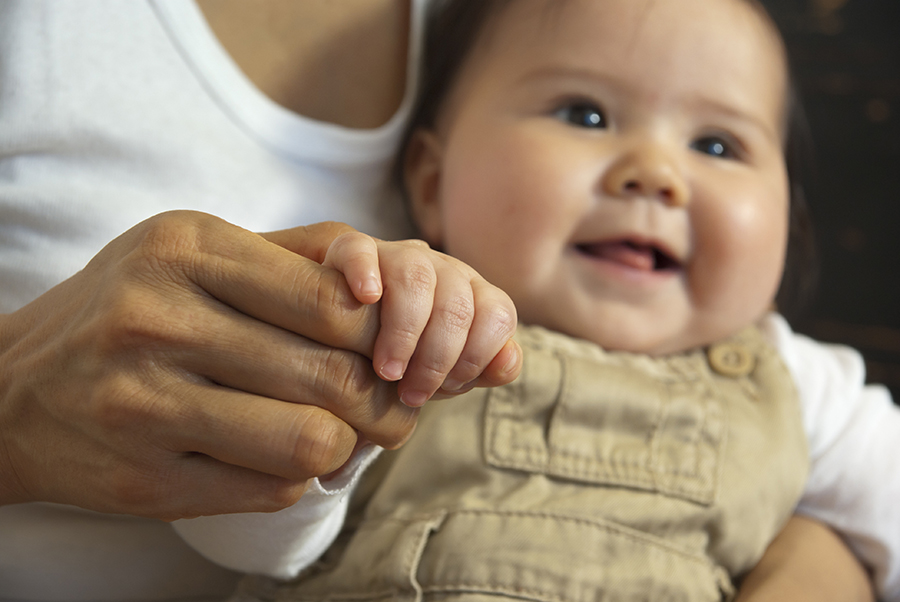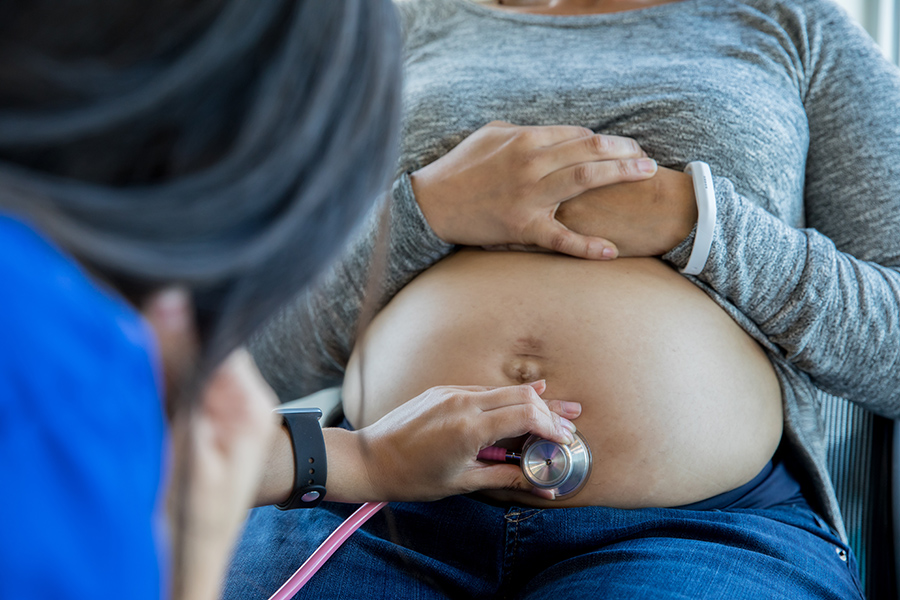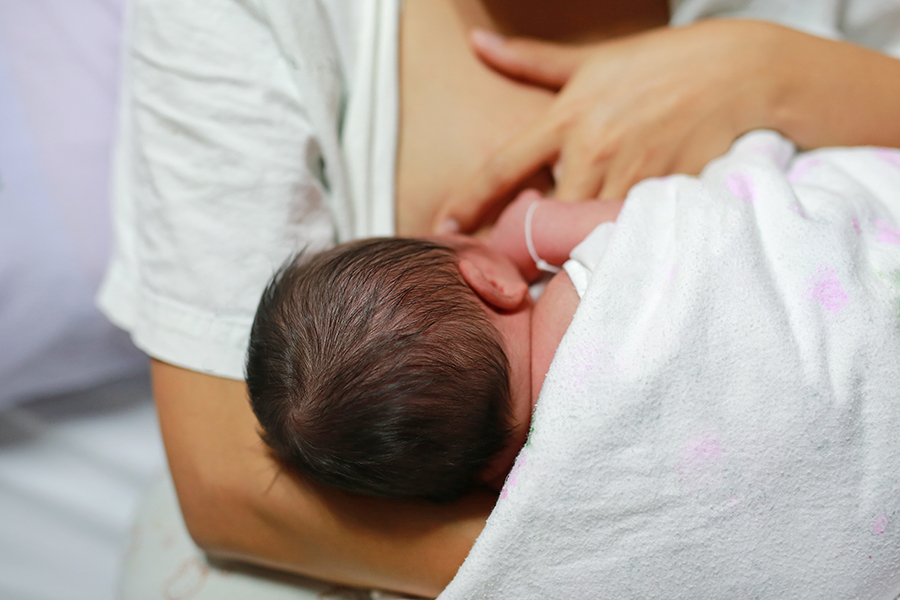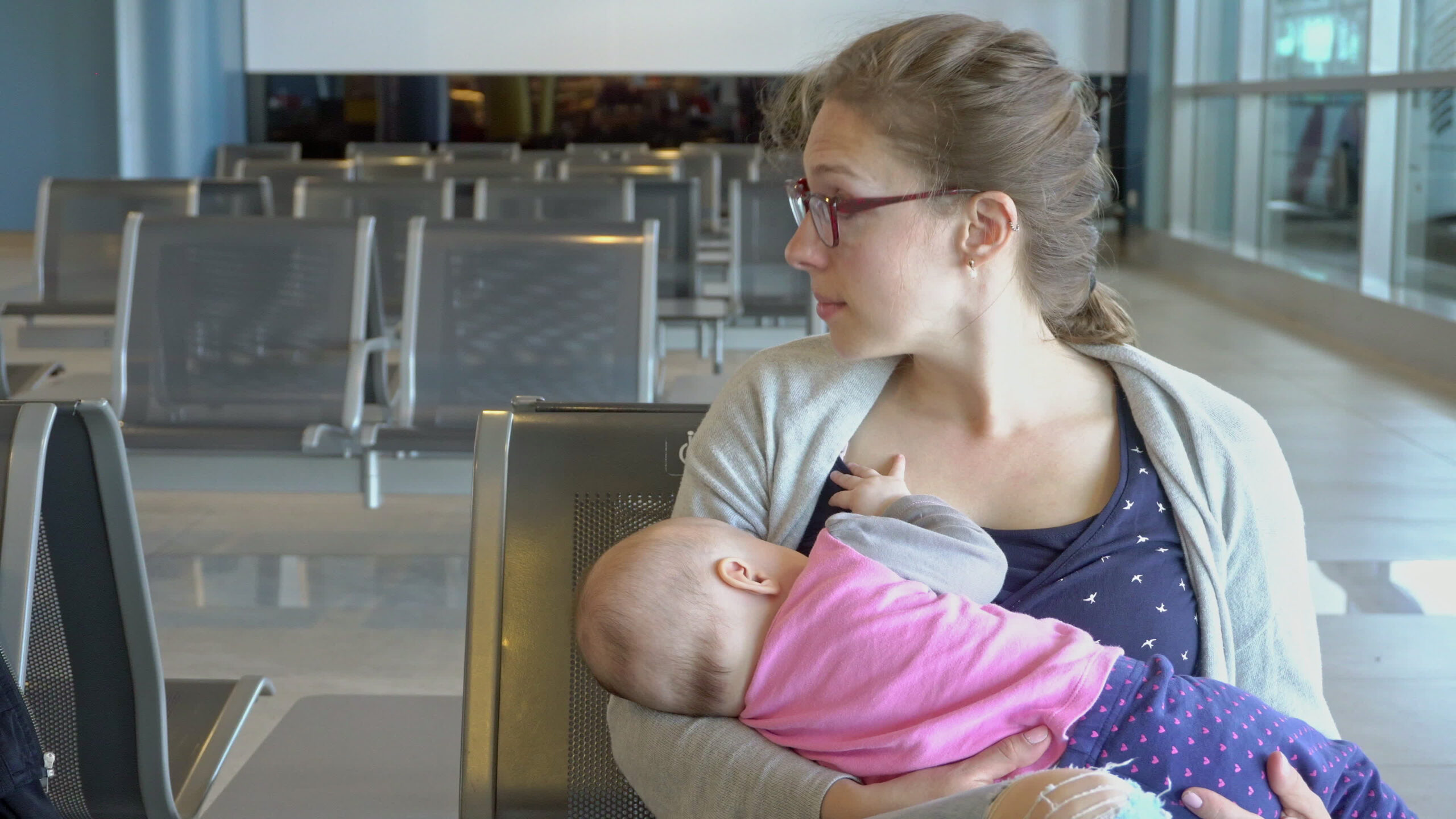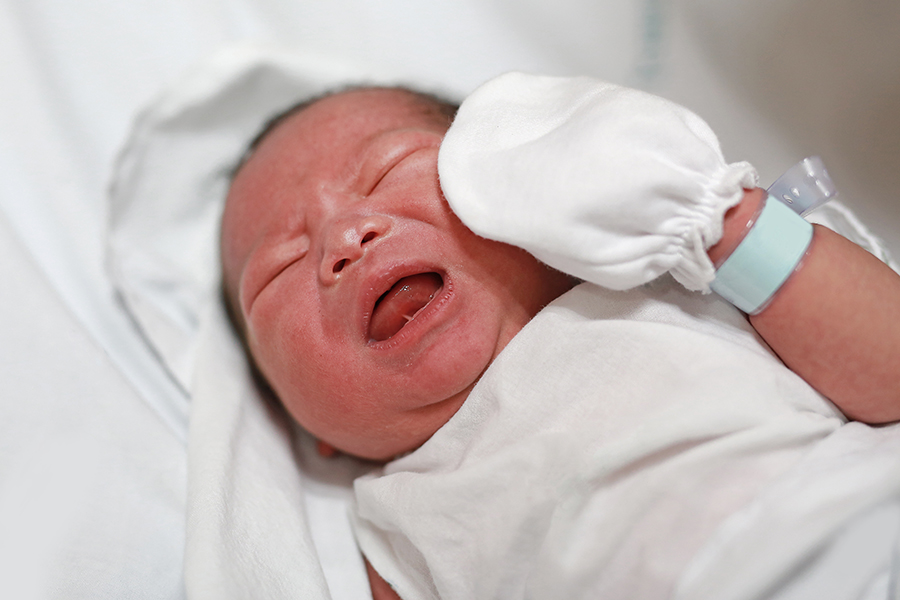Human milk is the best food for your baby.
The American Academy of Pediatrics recommends exclusive breastfeeding for the first six months of life and complementary breastfeeding until at least 12 months.
Breastfeeding provides protection against respiratory illness, ear infections, gastrointestinal disease and allergies. In addition, breastfed infants have a reduced risk – by up to 30 percent – of adolescent and adult obesity compared to non-breastfed infants.
Handle and store expressed breast milk safely by following guidelines from the Centers for Disease Control and Prevention:
- Wash your hands before handling breast milk or related supplies, including breast pumps.
- Store collected milk in sturdy, clean containers, such as screw-top bottles.
- Clearly label the container with the date the milk was expressed.
- Do not mix fresh milk and already-frozen milk together.
- Thaw frozen milk by putting it in the refrigerator or swirling the bottle in a bowl of warm water.
- Do not thaw milk in the microwave: this can make the milk too hot and may decrease the nutrient content of the milk.
- Use the guidelines below, but if the milk smells like it has gone bad, even if it is within the guideline duration, do not hesitate to throw it out.
|
Location |
Temperature |
Duration |
Comments |
|
Countertop, table |
Room temperature (up to 77°F or 25°C) | 6–8 hours | Keep containers covered and as cool as possible. |
|
Insulated cooler bag |
5-39°F or -15-4°C | 24 hours | Keep ice packs in contact with milk containers at all times and limit opening the cooler bag. |
|
Refrigerator |
39°F or 4°C | 5 days | Store milk in the back of the main body of the refrigerator to keep it colder. |
|
Freezer |
Store milk toward the back of the freezer, where temperature is most constant. Milk stored for longer durations in the ranges listed is safe, but some of the fats in the milk may break down, resulting in lower quality. | ||
|
Freezer compartment of a refrigerator |
5°F or -15°C | 2 weeks | |
|
Freezer compartment of refrigerator with separate doors |
0°F or -18°C | 3–6 months | |
|
Chest or upright deep freezer |
-4°F or -20°C | 6–12 months | |
| Reference: Academy of Breastfeeding Medicine. (2004) Clinical Protocol Number #8: Human Milk Storage Information for Home Use for Healthy Full Term Infants [PDF-125k]. Princeton Junction, New Jersey: Academy of Breastfeeding Medicine. Available | |||
This information is for educational purposes only and does not replace the advice of a physician or other health care professional. If you have questions about your health or your baby’s health, please contact your health care provider.






